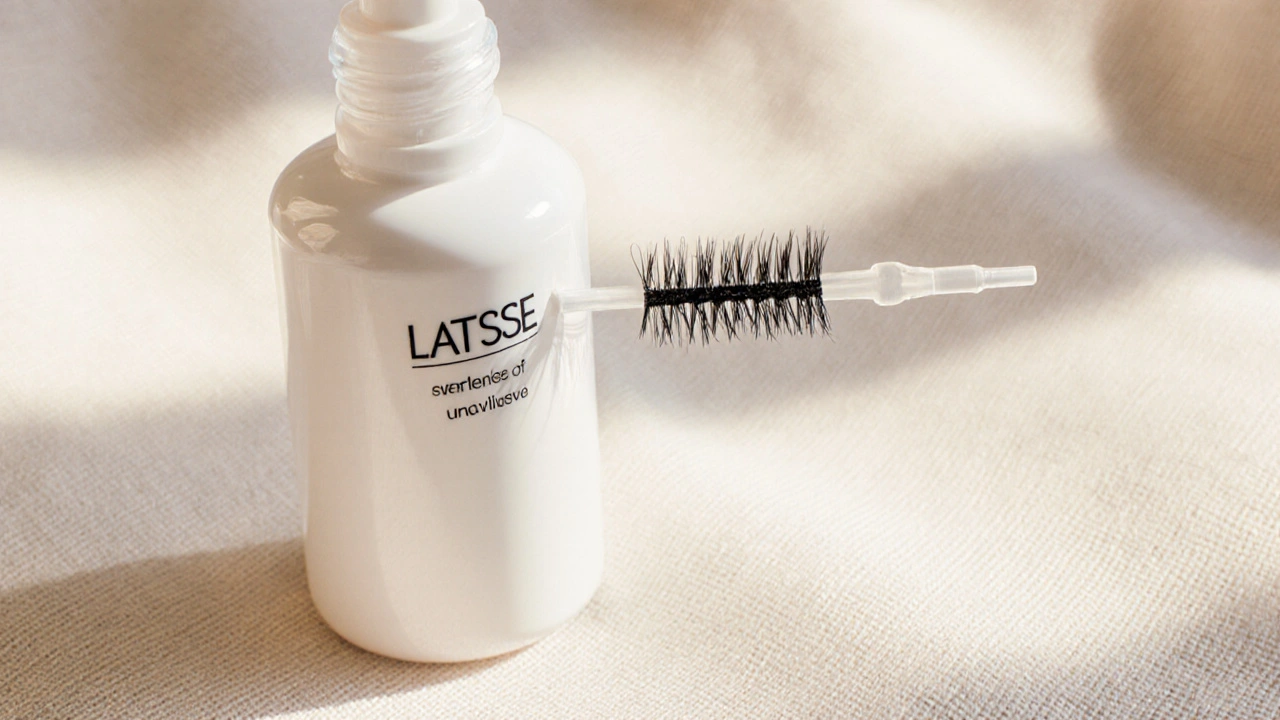When talking about Latisse, the FDA‑approved eye drop that lengthens, thickens, and darkens eyelashes. Also known as bimatoprost ophthalmic solution, it belongs to a class called prostaglandin analogs, compounds that mimic natural prostaglandins to stimulate hair follicles. The active ingredient, bimatoprost, is the same chemical used in glaucoma eye drops, repurposed to target the lash line. Because it works at the cellular level, users often see noticeable growth within eight weeks, but results can vary based on age, genetics, and application consistency. compare Latisse against other products like RevitaLash, a peptide‑based serum that claims to condition and strengthen lashes or simple oils such as castor oil. While RevitaLash focuses on nourishment and less aggressive follicle stimulation, Latisse delivers a pharmacologic push that usually yields faster and more dramatic changes. Safety-wise, Latisse may cause eye redness, darkening of the iris, or skin irritation, so a doctor’s prescription is required. In contrast, over‑the‑counter serums generally have milder side effects but also milder results. Understanding these trade‑offs helps you decide whether a prescription‑only prostaglandin analog fits your goals or if a gentler, non‑prescription alternative is enough.
The decision boils down to three core factors: efficacy, safety, and cost. Efficacy means how quickly and how much growth you see – Latisse typically adds up to a half‑inch of length and a noticeable increase in volume, while most serums add only a few millimeters. Safety involves spotting potential side effects; prostaglandin analogs require monitoring for pigment changes, whereas natural serums rarely cause systemic reactions. Cost is a big player too: a month’s supply of Latisse can run a few hundred dollars, while non‑prescription options range from under $20 to $100. Another angle is convenience – Latisse must be applied nightly with a sterile applicator, while many serums come in a simple bottle you can swipe on. Lastly, consider long‑term plans: stopping Latisse often leads to a gradual return to the baseline lash state, whereas some users find that a good serum maintains results longer after discontinuation. By weighing these elements, you’ll have a clearer picture of which route aligns with your budget, tolerance for prescription use, and desired speed of results. Below, you’ll find a curated set of articles that dive deeper into each comparison, share real‑world user experiences, and offer buying tips to help you make an informed choice.

Compare Latisse with its main alternatives-generic bimatoprost, Xalatan, Travatan, minoxidil, and cosmetic serums-to find the safest, most effective eyelash growth solution for your budget.
Read More© 2025. All rights reserved.